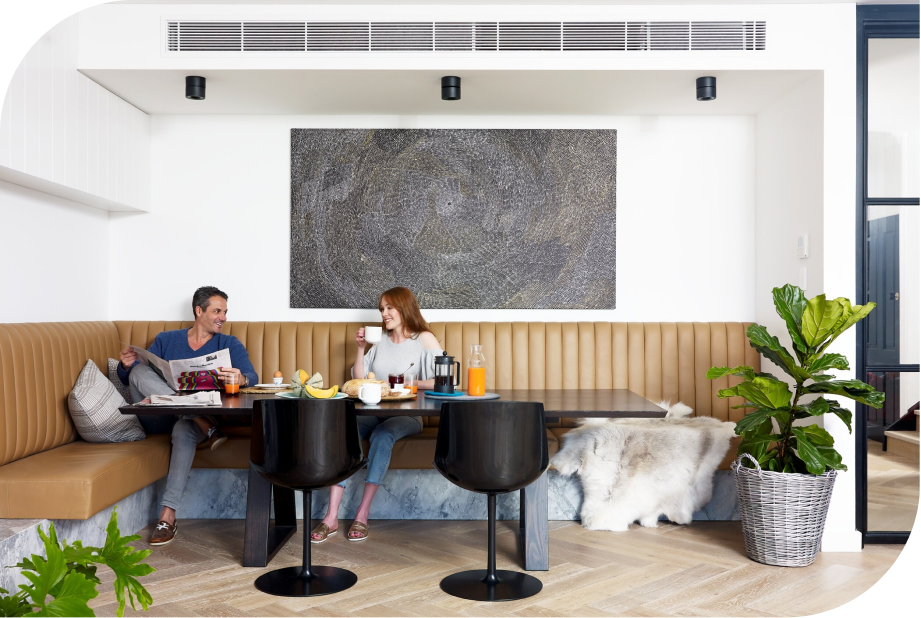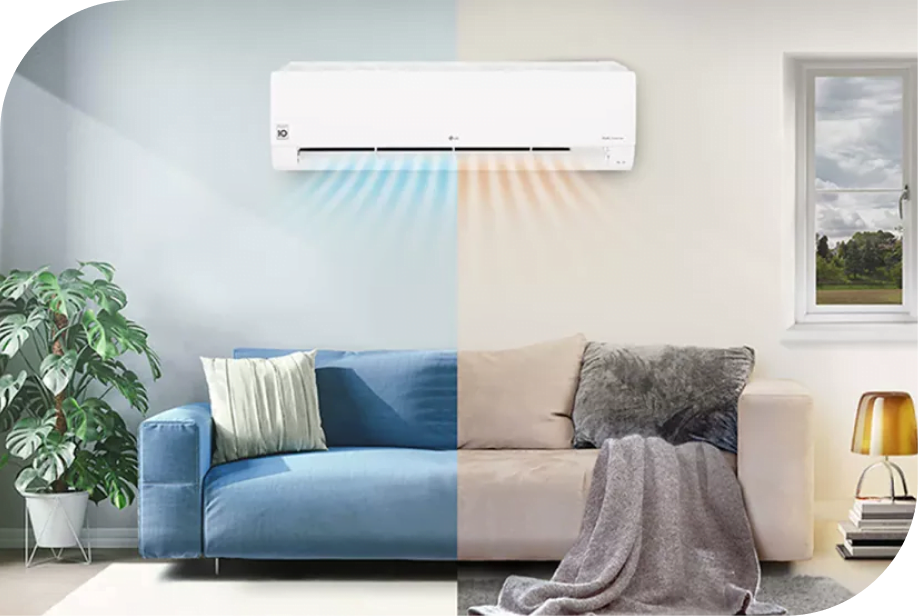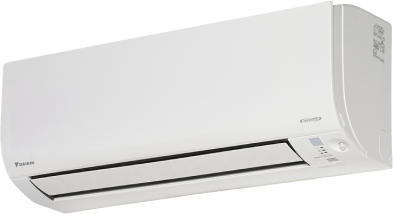Introduction on Basics of Air Conditioning Systems
Air conditioning systems have become essential to modern life, providing comfort and improved air quality in homes, offices, and public buildings. These systems are designed to regulate the temperature and humidity of indoor spaces, ensuring that they are comfortable and healthy for occupants. However, for many people, the workings of an air conditioning system are a mystery. This article will explain the basics of air conditioning systems, including how they work, the different types of systems available, and some important considerations when choosing and maintaining an air conditioning system.
How Air Conditioning Systems Work:
The basic function of an air conditioning system is to remove heat and humidity from indoor spaces and to replace them with cooler, drier air. This is achieved through a process of refrigeration. The process starts with a compressor, which pumps refrigerant gas through coils. As the gas passes through the waves, it absorbs heat from the surrounding air and turns into a liquid. The liquid then passes through an expansion valve, turning back into a gas and absorbing heat from the indoor air. The cycle then repeats itself.
The main components of an air conditioning system are the compressor, the evaporator, the condenser, and the expansion valve. The compressor is responsible for pumping refrigerant gas through the system. The evaporator is where the refrigerant absorbs heat from the indoor air. The condenser is where the heat the refrigerant absorbs is released to the outdoors. The expansion valve regulates the flow of refrigerant through the system.
Types of Air Conditioning Systems:
There are several different types of air conditioning systems, each with its own advantages and disadvantages. The most common types of air conditioning systems are:
- Central air conditioning systems are designed to cool an entire building, such as a home or office. They consist of a large outdoor unit that contains the compressor and condenser and an indoor unit that contains the evaporator and air handler.
- Window air conditioning units – These self-contained units are installed in a window or a wall. They are designed to cool a single room or a small area.
- Split air conditioning systems – These systems are similar to central air conditioning systems, but they are designed to cool individual rooms or areas. They consist of an outdoor unit that contains the compressor and condenser and one or more indoor units that include the evaporator and air handler.
- Portable air conditioning units – These self-contained units can be moved from room to room. They are designed to cool a single room or a small area.
Choosing an Air Conditioning System:
When choosing an air conditioning system, there are several factors to consider. These include:
- Size – The system size you need will depend on the size of the area you want to cool. A system that is too small will not be able to cool the area effectively, while a system that is too large will be inefficient and will cost more to run.
- Efficiency – Look for an air conditioning system with a high SEER (Seasonal Energy Efficiency Ratio) rating. A higher SEER rating means the system is more efficient and will cost less.
- Noise level – Consider the system’s noise level, especially if you plan to install it in a bedroom or other quiet area.
- Maintenance requirements – Some air conditioning systems require more maintenance than others. Consider the maintenance requirements of the system you are considering before making a purchase.
https://sites.google.com/view/searchforairconditioningqga/home









